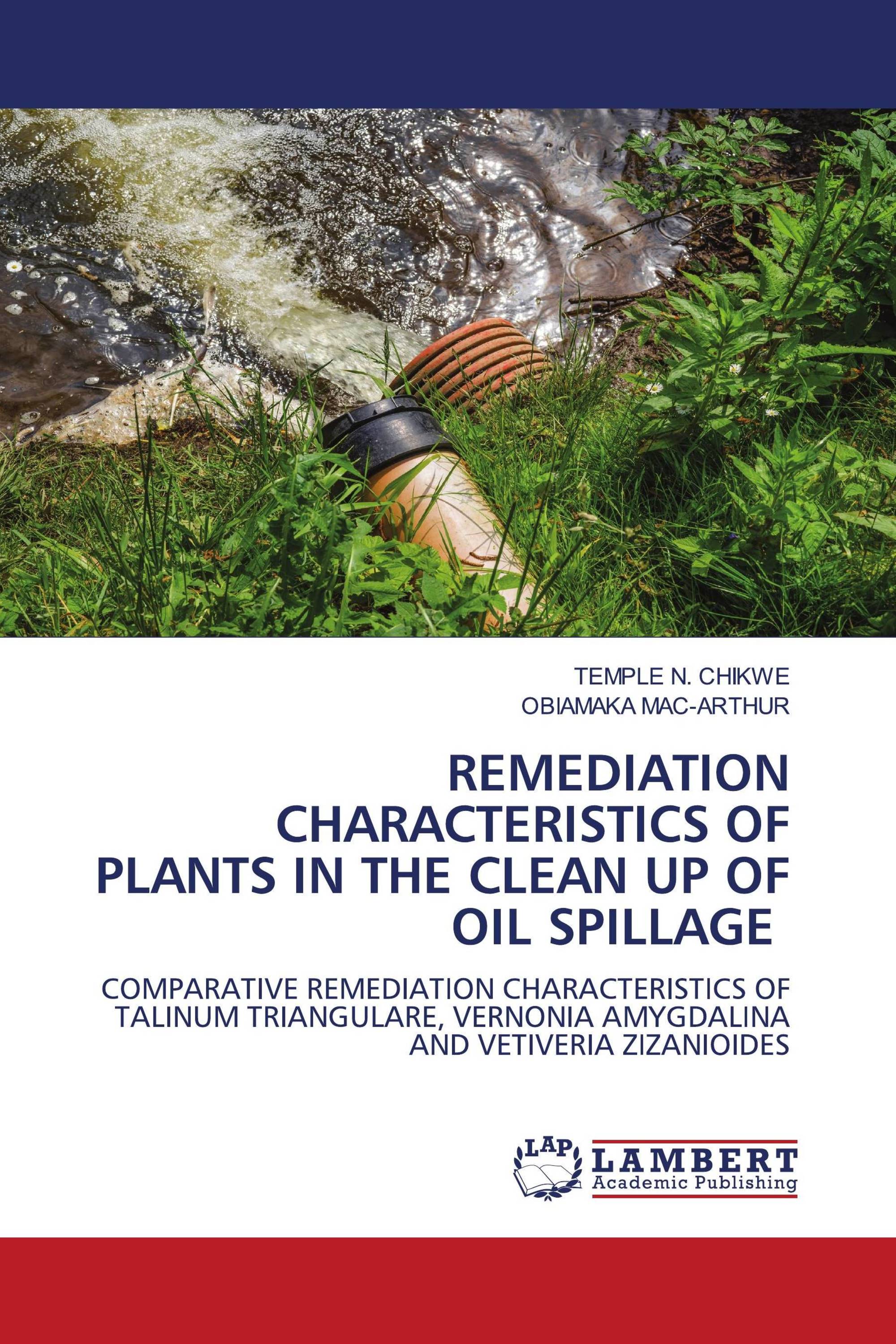REMEDIATION CHARACTERISTICS OF PLANTS IN THE CLEAN UP OF OIL SPILLAGE
COMPARATIVE REMEDIATION CHARACTERISTICS OF TALINUM TRIANGULARE, VERNONIA AMYGDALINA AND VETIVERIA ZIZANIOIDES
€ 39,90
Total Petroleum Hydrocarbon, Heavy metal concentration as well as other physicochemical parameters such as pH, conductivity, salinity, dissolved oxygen within an environment are key performance indicators that determines how clean and environmentally friendly an oil spilled environment is after remediation. Remediation using the leaves of water leaf (Talinum Triangulare), bitter leaf (Vernonia Amygdalina) and vetiver grass (Vetiveria Zizanioides) in their non living (inorganic) states have proven to be very effective in restoring the status of the environment by reducing the Total Petroleum Hydrocarbon, Heavy metal concentration as well as other physicochemical parameters to levels acceptable for humans and living organisms. The leaves of these plants contain highly polarized functional groups which is orchestrated by their ability to form hydrogen bonds owing to the presence of highly electronegative atoms. The higher the molecular polarizability of the plants which is a function of the polar functional groups present, the higher the adsorption capacity of the plant hence their ability to clean up oil spillage and restore environmental balance by remediation.
Book Details: |
|
|
ISBN-13: |
978-620-2-92321-7 |
|
ISBN-10: |
6202923210 |
|
EAN: |
9786202923217 |
|
Book language: |
English |
|
By (author) : |
TEMPLE N. CHIKWE |
|
Number of pages: |
52 |
|
Published on: |
2020-10-19 |
|
Category: |
Organic chemistry |
